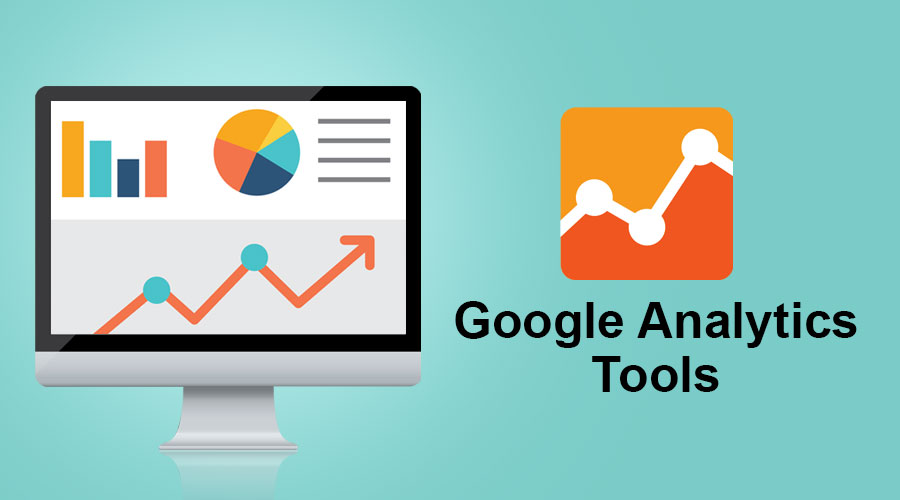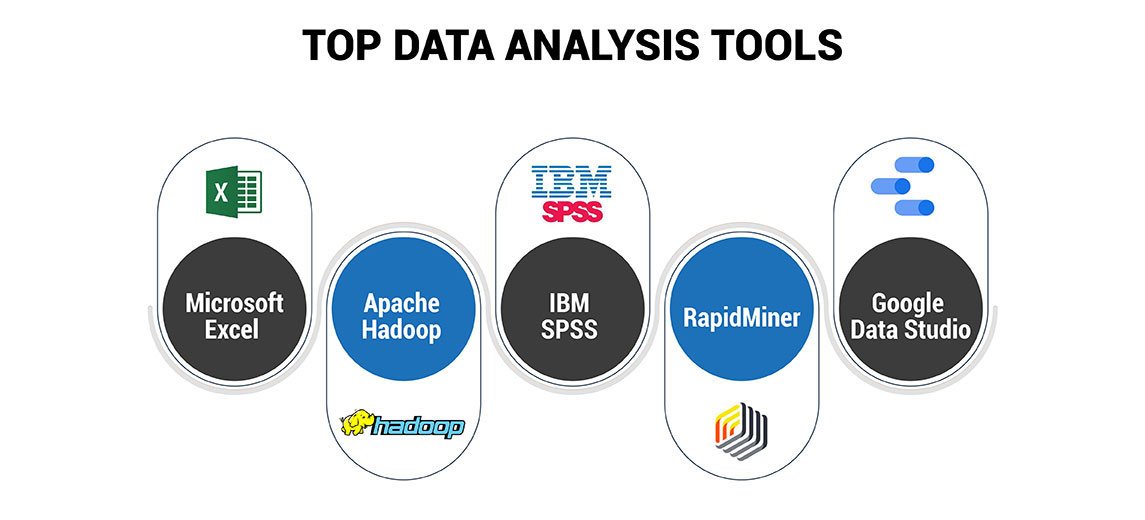Make Best Use Of Efficiency Using Real-Time Analytics Operatings Systems
Make Best Use Of Efficiency Using Real-Time Analytics Operatings Systems
Blog Article
Increase Performance and Profitability Via Data Analytics
In today's data-driven landscape, businesses are increasingly recognizing the pivotal function of information analytics in enhancing operational effectiveness and profitability. By methodically examining data, organizations can reveal critical understandings that notify strategic choices, simplify processes, and dressmaker consumer experiences.
Recognizing Information Analytics
In today's data-driven landscape, comprehending data analytics is essential for organizations intending to enhance functional performance and drive earnings. Data analytics entails the organized computational evaluation of data sets to uncover patterns, correlations, and understandings that educate decision-making. By utilizing different methods, such as statistical analysis, equipment knowing, and predictive modeling, organizations can change raw information right into actionable knowledge.
The process usually begins with data collection, where pertinent details is gathered from several sources, including transactional databases, consumer interactions, and market trends. This information is then cleaned up and organized to ensure precision and consistency. Once the data is prepared, analytical devices and software application are used to envision the information and explore, enabling stakeholders to identify fads and abnormalities.
Inevitably, understanding data analytics equips organizations to make educated choices based upon empirical proof instead of instinct. It facilitates targeted techniques that can optimize resource allowance, boost consumer contentment, and enhance overall performance. As businesses significantly identify the worth of data-driven insights, a solid grip of data analytics becomes an important proficiency for teams and leaders alike, placing them for sustained success in a competitive setting.

Key Advantages for Companies
Services that take advantage of information analytics can open a plethora of advantages that substantially enhance their procedures and earnings. One of the primary benefits is boosted decision-making. Data analytics offers actionable understandings stemmed from real-time data, permitting organizations to make enlightened choices that align with market demands and consumer choices.

In addition, information analytics fosters enhanced consumer experiences. By understanding customer actions and preferences, services can customize their offerings, bring about enhanced fulfillment and loyalty. This tailored approach usually results in greater conversion prices and repeat business.
In addition, data analytics enables companies to recognize arising fads and possibilities. By remaining ahead of the curve, companies can take advantage of new markets and developments before their competitors.
Executing Data-Driven Methods
Successful execution of data-driven approaches needs a comprehensive understanding of both readily available data and organizational objectives sources. Organizations needs to initially define their purposes plainly, making certain positioning between information initiatives and tactical aims. This clarity makes it possible for teams to concentrate visit site on appropriate metrics and insights that drive decision-making.
Next, businesses must assess their existing information framework. This includes reviewing data high quality, access, and integration abilities. Premium information is crucial for accurate analysis, as bad data can bring about misdirected methods and thrown away sources. Organizations has to establish procedures for data collection, cleansing, and administration to keep data integrity.
In addition, fostering a data-driven society is vital. Employees whatsoever degrees should be encouraged to utilize information in their daily procedures. Training programs and workshops can improve information proficiency, encouraging team to make enlightened choices based upon logical insights.
Devices and Technologies Introduction
A durable collection of innovations and tools is essential for companies aiming to harness the full capacity of data analytics. These devices assist in the collection, processing, and visualization of information, making it possible for services to click here for more info derive actionable insights.
At the fundamental level, data monitoring systems such as SQL databases and NoSQL systems give efficient data storage space and retrieval capacities. For data processing and analysis, programs languages like Python and R, together with structures such as Apache Spark, enable complicated calculations and machine learning applications.
Visualization devices, including Tableau and Power BI, transform raw information into intuitive visual layouts, making understandings available to stakeholders in any way levels. Additionally, cloud-based systems like Google Cloud and AWS use scalable storage space and processing services, suiting the growing volumes of information organizations run into.
For innovative analytics, predictive modeling and AI-driven remedies are significantly taken on, enabling firms to anticipate fads and improve decision-making procedures. Incorporating these tools right into existing operations is paramount; organizations that effectively take advantage of this technology can substantially boost operational efficiency and drive success. Thus, buying the right tools and innovations is a calculated imperative for any kind of data-driven organization.
Case Researches of Success
Leveraging data analytics has actually led many companies to accomplish remarkable renovations in effectiveness and success. One significant case is a large retail chain that implemented anticipating analytics to optimize stock administration. By examining historical sales information and consumer patterns, the business lowered excess supply by 30%, bring about substantial cost savings and improved capital.
An additional instance can be discovered in the production market, where a leading vehicle supplier used information analytics to boost its production procedures. By checking equipment efficiency in real-time, the company recognized ineffectiveness and traffic jams, leading to a 20% increase in overall tools efficiency (OEE) This not only boosted production prices yet also reduced downtime and upkeep expenses.

These instance researches illustrate how information analytics can drive critical decision-making, enhance processes, and eventually boost both performance and earnings across various markets.
Conclusion
In verdict, the combination of information analytics into business procedures presents considerable chances for boosting effectiveness and profitability. By systematically evaluating data, companies can determine ineffectiveness, enhance consumer experiences, and make informed choices.
In today's data-driven landscape, understanding information analytics is important for organizations aiming to boost functional efficiency and drive success. Information analytics entails the methodical computational evaluation blog here of data sets to uncover patterns, connections, and insights that inform decision-making. Information analytics offers actionable understandings obtained from real-time data, enabling services to make educated choices that align with market needs and customer preferences.
Top quality data is necessary for accurate evaluation, as inadequate data can lead to misguided techniques and thrown away sources. Organizations must establish processes for information collection, cleaning, and management to preserve data honesty.
Report this page